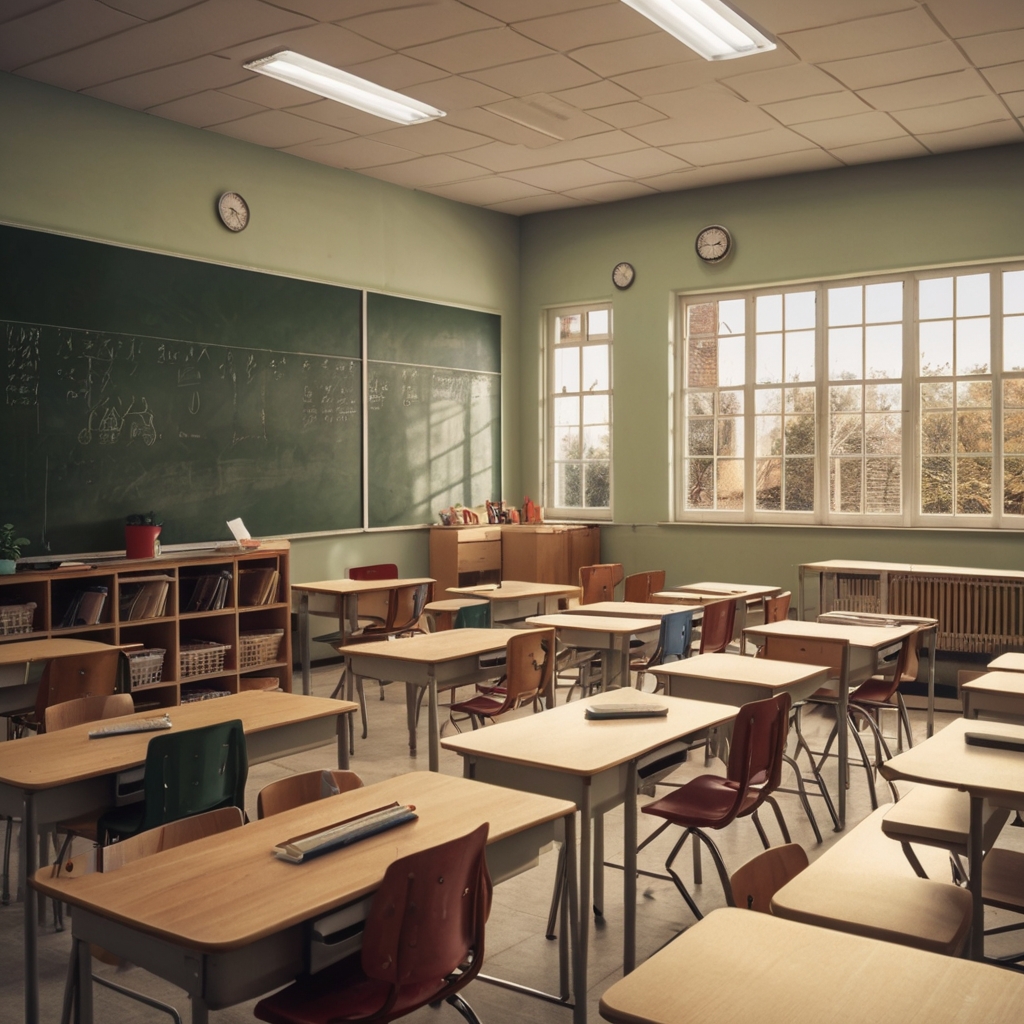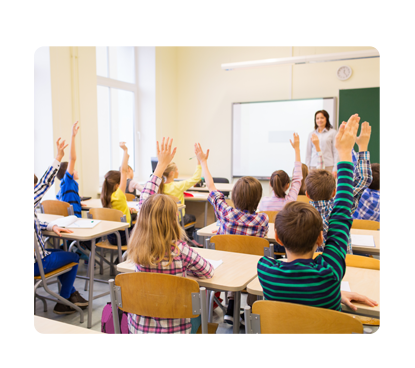Preparing a feasibility study for a private bilingual school requires a thorough and comprehensive analysis to ensure the project’s success and sustainability. The study begins with a comprehensive understanding of the target market, by identifying the potential student population and assessing the area’s need for private education services. This is followed by a competitive analysis to assess the level of education provided by other schools, with a focus on identifying the differentiating factors that could give the proposed school a unique competitive advantage. The analysis also includes the financial aspect, by estimating the costs required to launch and operate the project and estimating projected revenues. The most appropriate funding sources must also be identified, whether through angel investors, bank loans, or other financing options.

A private bilingual school project is an integrated educational institution that provides high-quality education and meets the needs of parents seeking a distinguished education for their children. The project focuses on offering modern academic curricula that combine two different languages, while enhancing students’ linguistic, scientific, mathematical, and social skills. The importance of a private school project feasibility study lies in identifying potential investment opportunities and evaluating the financial resources required to establish and operate the project, in addition to developing marketing plans and strategies to attract target segments. The study also includes an analysis of the market and competitors to identify strengths and weaknesses, identify potential opportunities and threats, and develop the best plans to address them. The feasibility study also highlights the educational building equipment, human resource recruitment, outlines its organizational structure, and sets performance indicators. In conclusion, a project feasibility study enables investors to make informed decisions about the project and helps them achieve the desired strategic objectives.

Bilingual education in Arabic and English.<br>Advanced and diverse academic curricula.<br>Small classes for personalized learning.<br>Extracurricular activities such as arts and sports.<br>Modern educational technology and technical laboratories.<br>Teaching values and life skills.<br>Programs for students with special needs.<br>Educational and cultural trips to enhance the learning experience.


Developing students’ skills in both Arabic and English.
Providing academic programs that focus on developing critical thinking skills.
Preparing students for higher education and the job market with multilingual skills.
Focusing on developing creative and analytical thinking skills.
Providing individualized academic and psychological support tailored to each student’s needs.
Integrating sports and arts activities to enhance the holistic learning experience.
Equipping classrooms with the latest technological and educational tools.
Providing programs for families and parents that enhance their involvement in their children’s education.
Executive summary
Study project services/products
Market Size Analysis
Risk Assessment
Technical study
Financial study
Organizational and administrative study

The Kingdom of Saudi Arabia is the largest Gulf country in terms of spending on education, spending approximately 25% of its general budget on the education sector.
Total education allocations in the Kingdom of Saudi Arabia for the academic year 1437/1438 AH (1997-1998) amounted to 211,836 million riyals.
The total number of students in the Kingdom at the primary, intermediate, and secondary levels reached 7,277,317, representing 22% of the Kingdom’s population.
The total number of students in the primary level reached 3,734,692 in 2016, with males accounting for 51%.
The total number of students in the intermediate level reached 1,682,509, with males accounting for 51.8%.
The total number of students in the secondary level reached 1,860,116, with males accounting for 51.7%. The Makkah and Riyadh regions accounted for 48% of the number of students in the Kingdom of Saudi Arabia in 2016, with 27.9% for the Makkah region and 20.1% for the Riyadh region.

Investment in the Saudi private education sector grew by 3% in 2016, rising to 15.5% compared to 12.5% in 2015. Investment in the private education sector has increased over the past five years, reaching approximately 10 billion riyals.